This is the fourth and final installment in a series of posts about four rolls of film that were found among items acquired in an estate sale in rural Washington state.
To recap what I think I can safely assume from the content in these photos, they appear to have been taken by a U.S. Army infantry lieutenant – probably a senior first lieutenant – who was appointed as Commanding Officer in one of the companies – probably in a boat battalion – belonging to the 592nd Engineer Boat and Shore Regiment. The Regiment was deployed to Australia for training in 1943, and then participated in an island-hopping campaign that included a grueling assault on Leyte, and another in Corregidor, and was one of the first units to land in Japan after they capitulated, in September 1945. Afterward, it seems many of the troops were sent home, but some were reassigned to assist in the logistical support of U.S. troops in newly-liberated Korea, probably until 1947 or so. The photographs in these rolls show members of the 592nd EBSR in Korea, scenes from 1946-47 Korea, and from the work they were doing there. You can revisit previous posts here, here and here.
When I received these film rolls, I scanned them individually, and then spent many hours trying to restore the digital versions the best I could. After doing three rolls, I took a break. When I did this final roll, I was surprised to discover that it was also the fourth roll chronologically, as it contains a number of surprises that help close out the story told by this series of fascinating photos.
This is what soldiers look like when they are headed home after a long deployment. It’s definitely not the first roll in the series, judging from the expressions and the general mood on board this ship. We can almost sense from their eyes that they are filled with thoughts about home as they wait for the weeks to pass on this homeward journey. Most of them will return to their families and be released from military service as a part of a massive military drawdown that followed World War II.
A number of the photos have been doubly exposed – which creates a ghostly effect that almost deliberately illustrates the previous point about what is on most of their minds:
The double exposures are oddly interspersed among the photos, making me wonder how or why it might have happened.
On board a ship for two to three weeks – which is about how long it would have taken this ship to travel from Korea to San Francisco or Seattle, there would have been a maximum of about 2700 crew and passengers on board, with not a lot to do besides just wait.
Some of the guys would have killed time by napping somewhere in a corner of a ship, or snapping photos to preserve memories of the trip.
Thanks to the photographer, however, we know the name of this ship. Named after US Army General Frederick Funston, a Medal of Honor recipient, and the man who would eventually be known as “the man who saved San Francisco,” the ship was launched 27 September 1941 by Seattle-Tacoma Shipbuilding Corporation at Tacoma, Washington and acquired by the US Army as a transport ship. She was acquired from the Army by the US Navy on 8 April 1943, reclassified an APA (Auxiliary Personnel Attack, i.e. attack transport), and commissioned 24 April 1943 with Commander J. E. Murphy in command. As a US Navy ship, the “USS Funston” would be used to ferry troops to both the European and Pacific theaters of operations until April 4, 1946, when she was returned to the Army and once again renamed the USAT Frederic Funston.
She would be returned to naval custody when the Military Sea Transportation Service was created in 1950, and would see some action in Korea, and was eventually scrapped in 1969. This is what the ship looked like in her prime:
If you’re interested in the ship itself (which could be a whole separate blog post), you can check out this video as well:
Eventually, however, the “boys” would make it back home to what could be any military base on the West Coast, and snap a few final photos of each other while they waited for outprocessing and a ride home. Would their wives or parents have met them on base the way we would nowadays? Or, due to the amount of time it would have taken for them to communicate their arrival, would they have surprised them by showing up at home?
And that’s where the military deployment ends. The roll was half done, and presumably the owner went back home to resume his life with his family, possibly somewhere near Cashmere, Washington (where this film would eventually turn up). Wait, did I say family?
The tragic thing about these mother-and-baby photos (there are probably a dozen on the roll) is that every single one is out of focus. This guy took around 200 pictures and over 90 percent of them turned out perfectly – then he gets home and suddenly becomes unable to take sharp photos! I’m guessing he developed other interests.
So that pretty much completes what I was able to figure out about these photos. I’ve written to a few folks who may know more, but so far no one has responded. I’m hopeful someone may be able to identify the people or places in these photos. If you can help, send me a note at tom@tazmpictures.com. Other photos from this final roll can be viewed in this Flickr set.

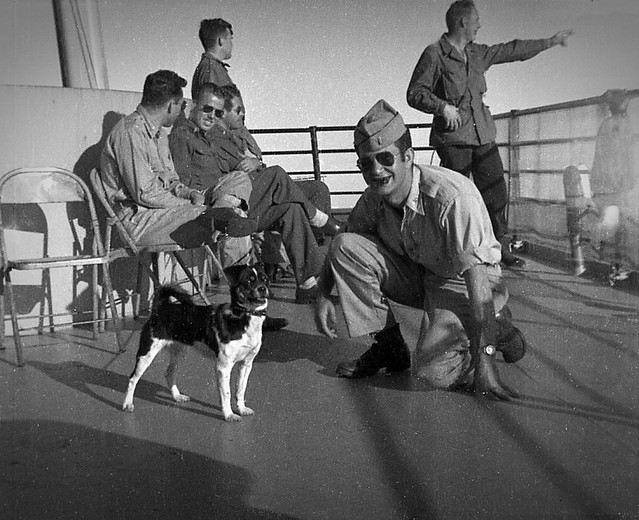
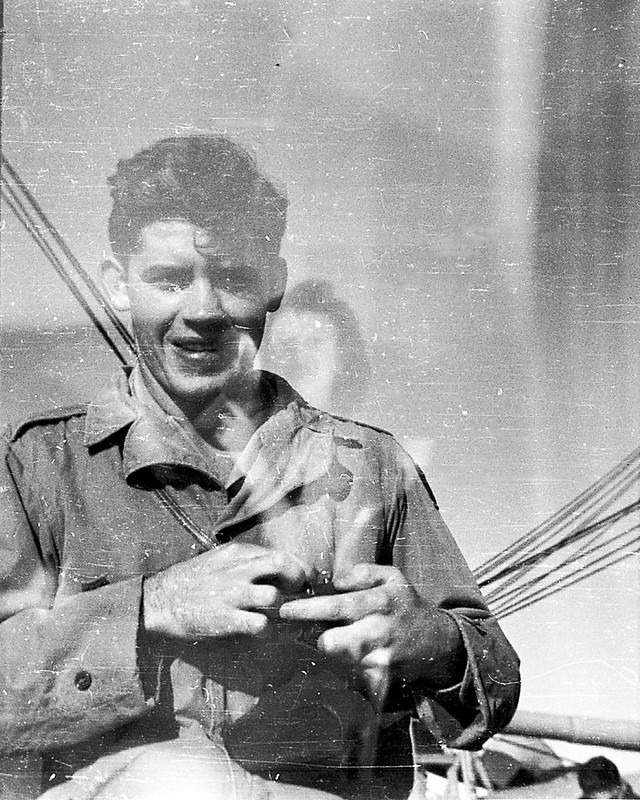
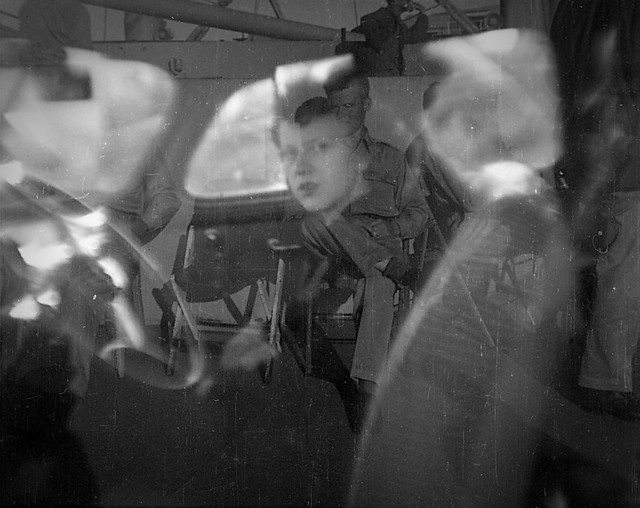
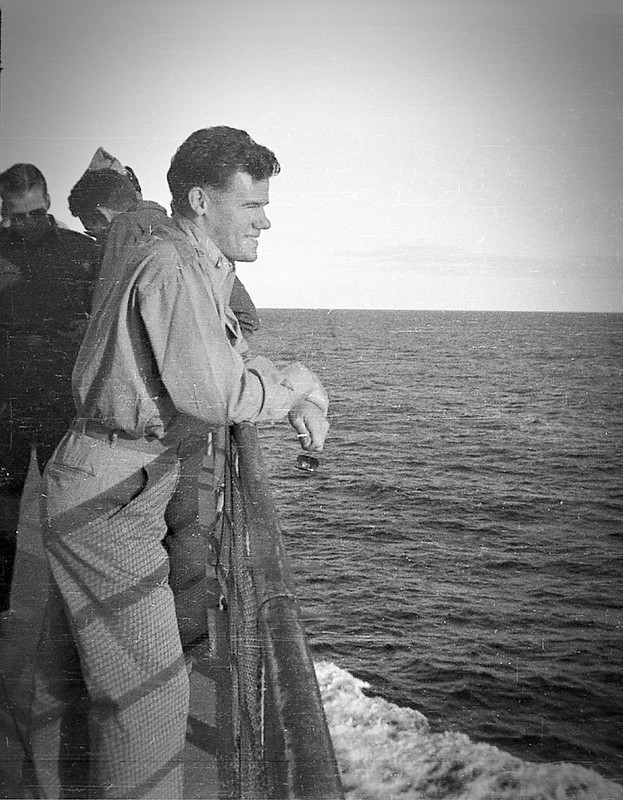
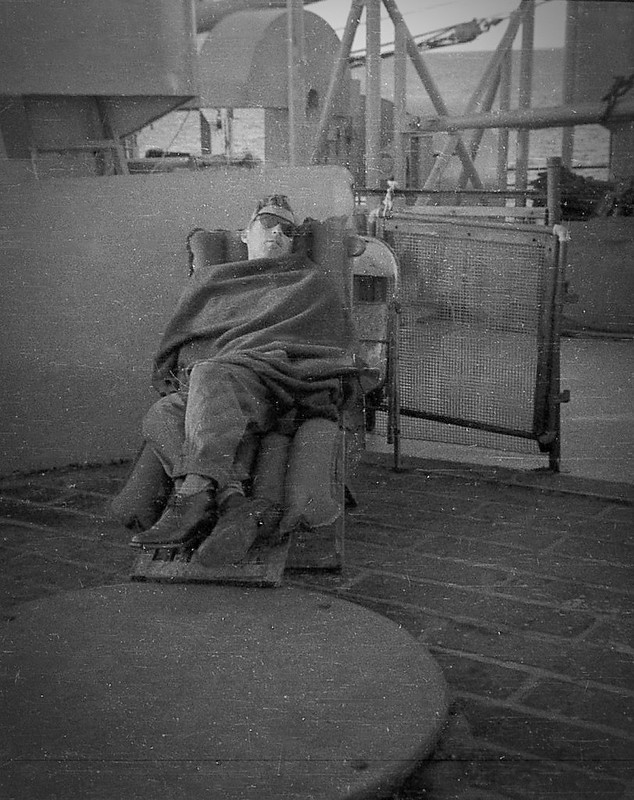
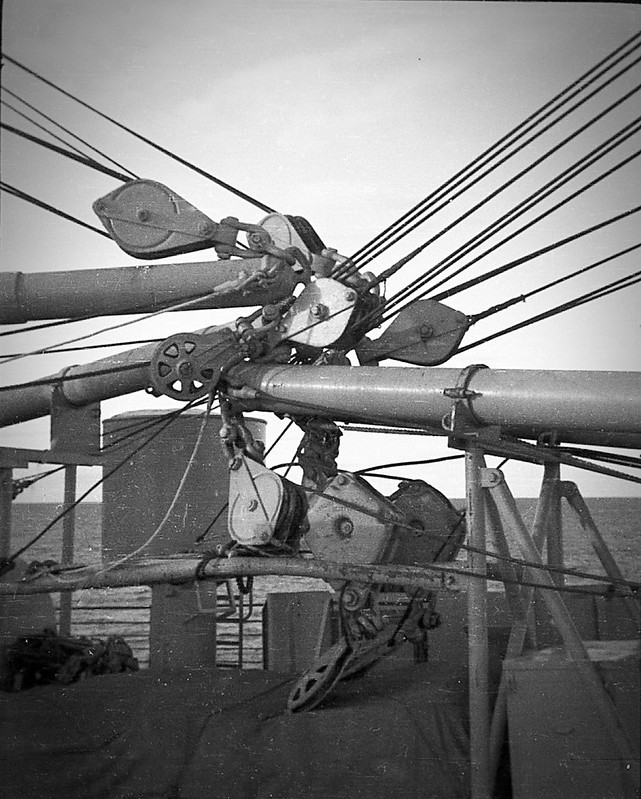
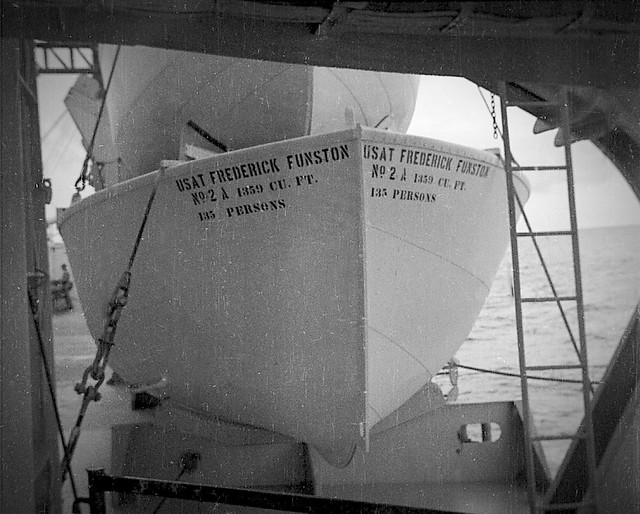
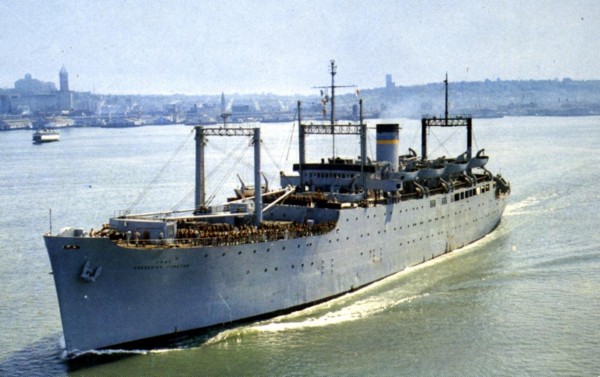
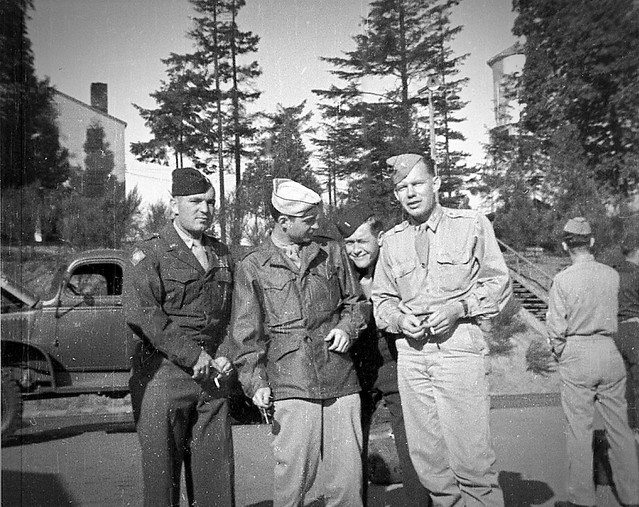
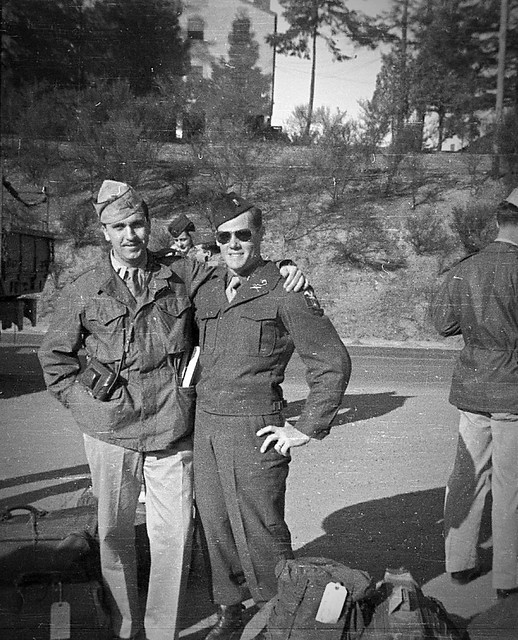
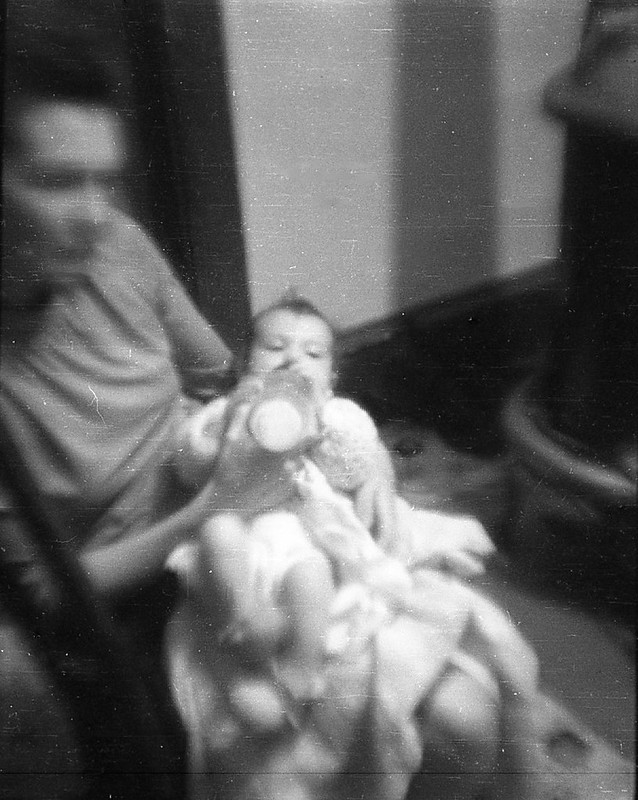
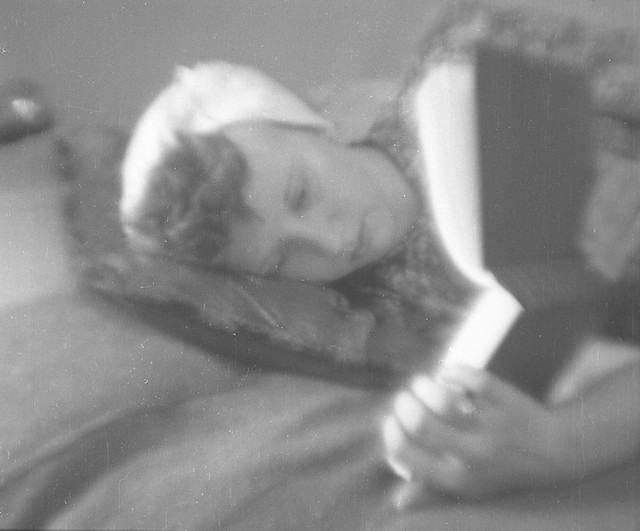
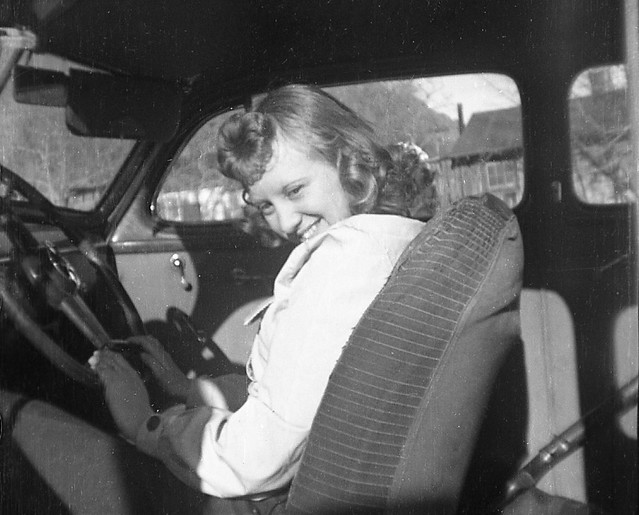
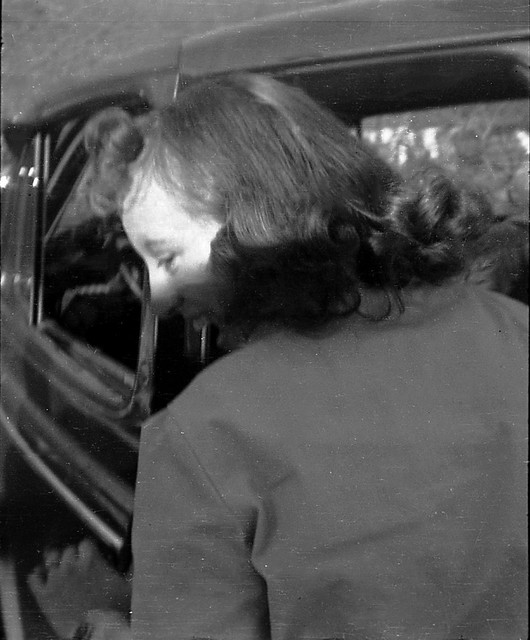
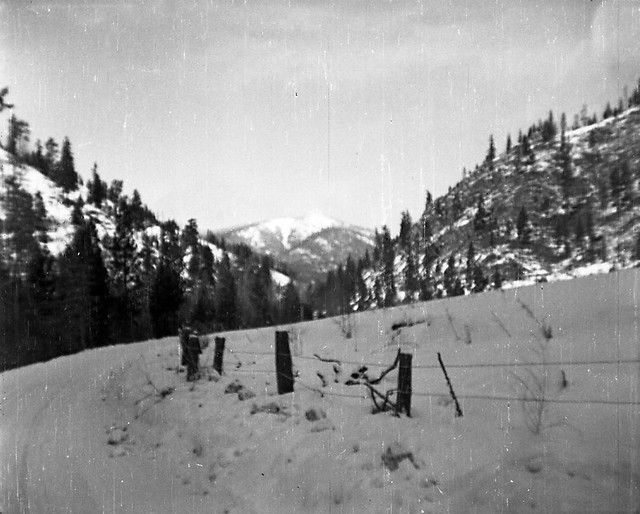
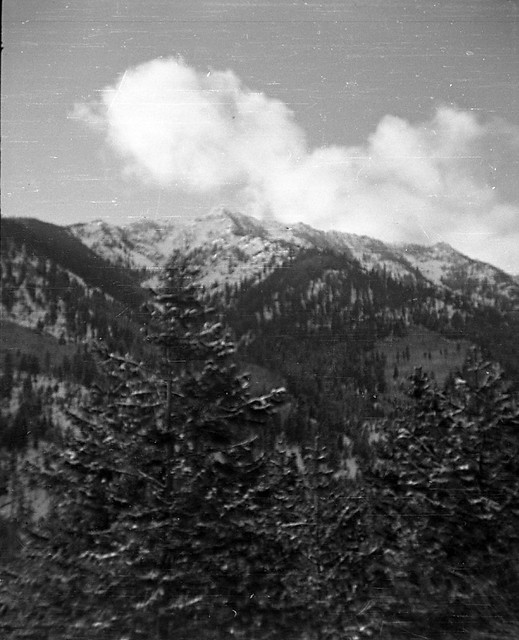
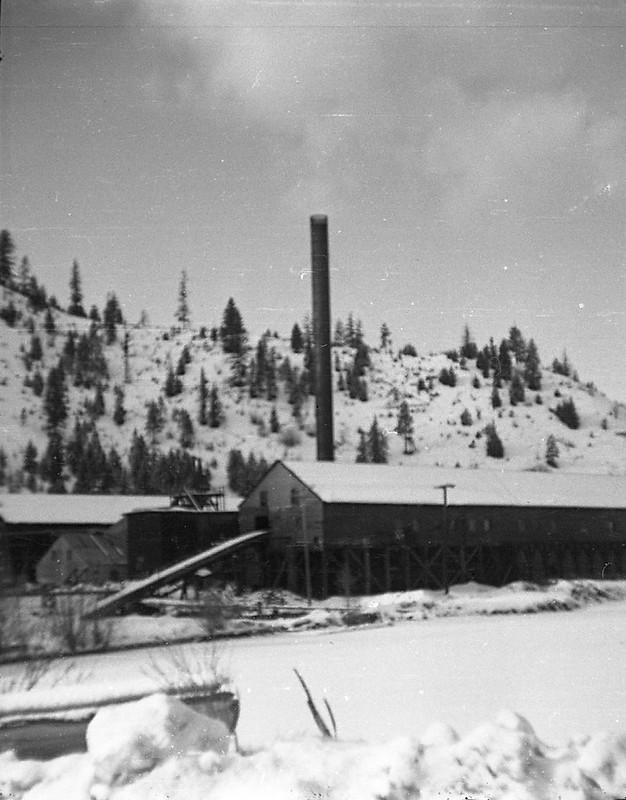

Wonderful. I like the narrative you’ve constructed and how you’ve brought them back to life.
Although my Dad was in Korea from Jan 25, 1947 to May 28, 1947, he never talked much about his service, these pictures and your narrative provided an awesome window into that period of his life. Thanks for sharing.
HI, I did the Funston video you linked to. I’d like to ask for permission to use some of the Funston photos you have posted for an eventual follow up video as well as posting them on the Funston Facebook page. Well Done. Stan
Stan – absolutely and please let us know when it is done so we can see the finished product! Tom
Tom, I’m not sure what the others are like, i’ll bring them up after posting this email. I and my mother and my sister were aboard the Frederick Funston traveling from Seattle to Inchon in 1946. We were army dependents. My dad (at that time, Capt Edgar L. Grider) was in Seoul in military government and was waiting for us. The voyage was eventful for us for a number of reasons. There were some soldiers aboard on their way to Korea. I think that dependent facilities were substantially better than for enlisted men. It was a slow ship, We went southward thru the Sea of Japan and then northward along the Korean coast. Passed lots of mines and whales out in the Pacific. I was 13 at the time. Met my first girlfriend traveling with here mother and brother who would meet their dad and live at Kimpo Airport. When we were in Seattle, our trip toward the far east was delayed for almost a month due to an outbreak of colera in Korea. Our temp quarters were at Ft. Lawton. Our ship did eventually leave but then broke down and had to be towed back to Seattle harbor where we spent another two or three days before finally leaving at last for Korea. The ship for us dependents was confortable. I can’t remember the food. We kids, of which there must have been 20, had a good time, of course. We returned from Korea aboard the USAT Admiral Mayo, a much bigger ship, crossing in the winter. I would guess that some of the last pictures in no. 4 roll were taken in the State of Wahington — some maybe at Ft Lawton where the young lady might have gone to meet her man. I am Carlos Grider. We were a military framily. Our home in the states was Pasadena, California. In Seoul, our home was on Nam San Mountain in the heart of the city. It had belonged to a Japanese family who were repatriated. Dependents had a school provided at the 7th U.S. Division Hq across the Han River. When we first arrived in Seoul, Japanese families were in line at the train station, being repatriated to Japan. When we lived in Seoul, we had Japanese neighbors still living next door. I provide all of these details in case something might click with the four rolls you have.
As a military dependent, I travelled to Japan on the Funston in 1952. My mother and 4 children sailed from Seattle to Yokohama, where my Dad met us. I remember the adults referring to the ship as a “converted freighter”. It’s great to be able to research the history of the ship that was a life experience to me.
Very cool! This whole series about the Funston and the troops that sailed aboard it has been a fascinating project. Glad to know it was useful!